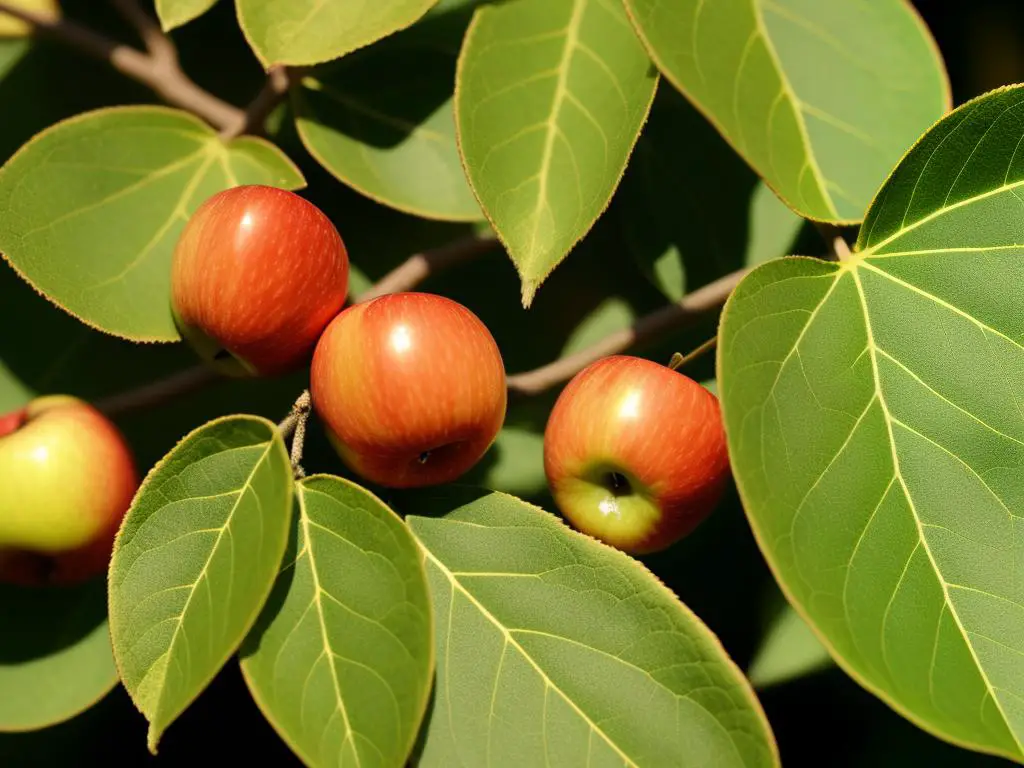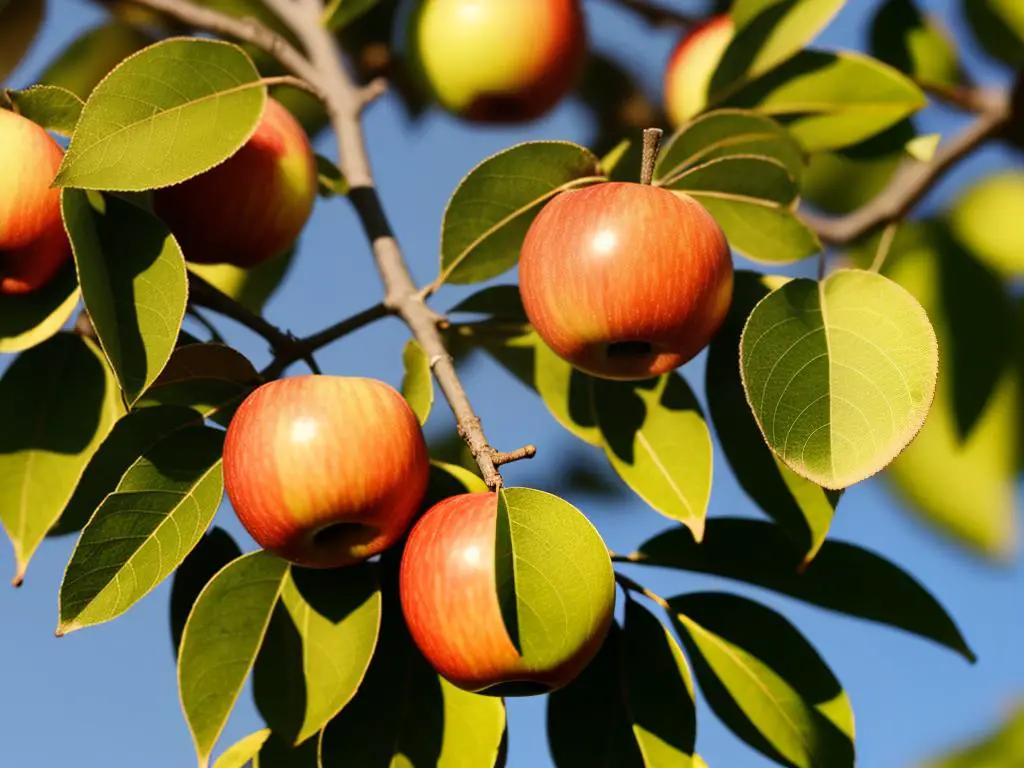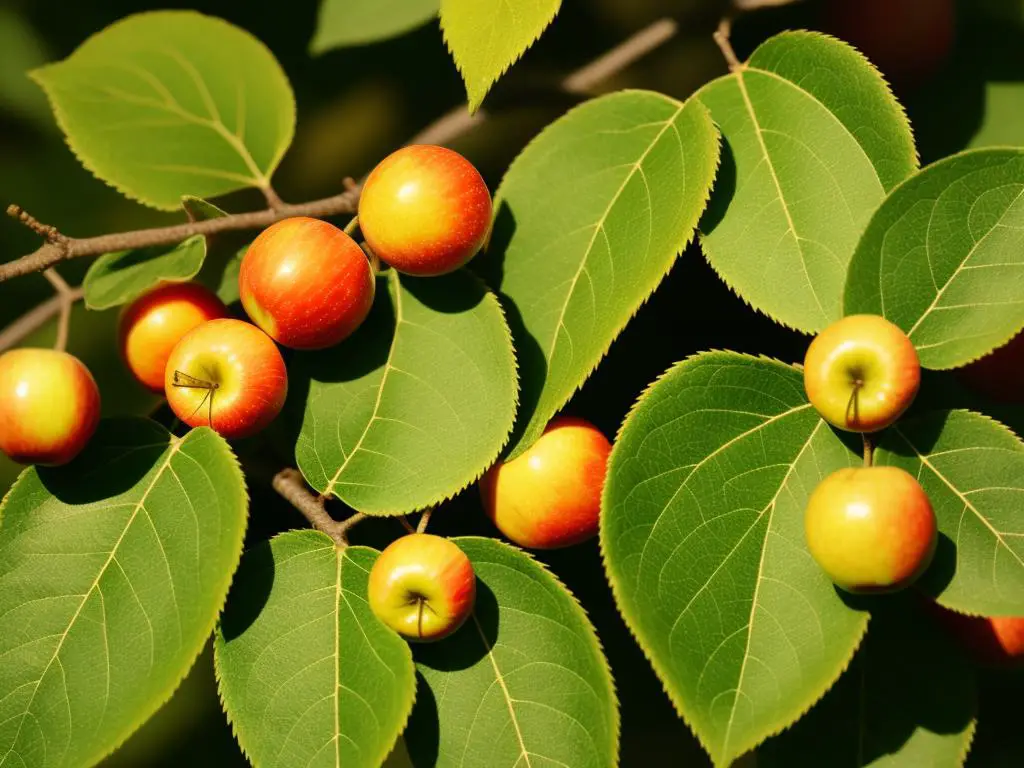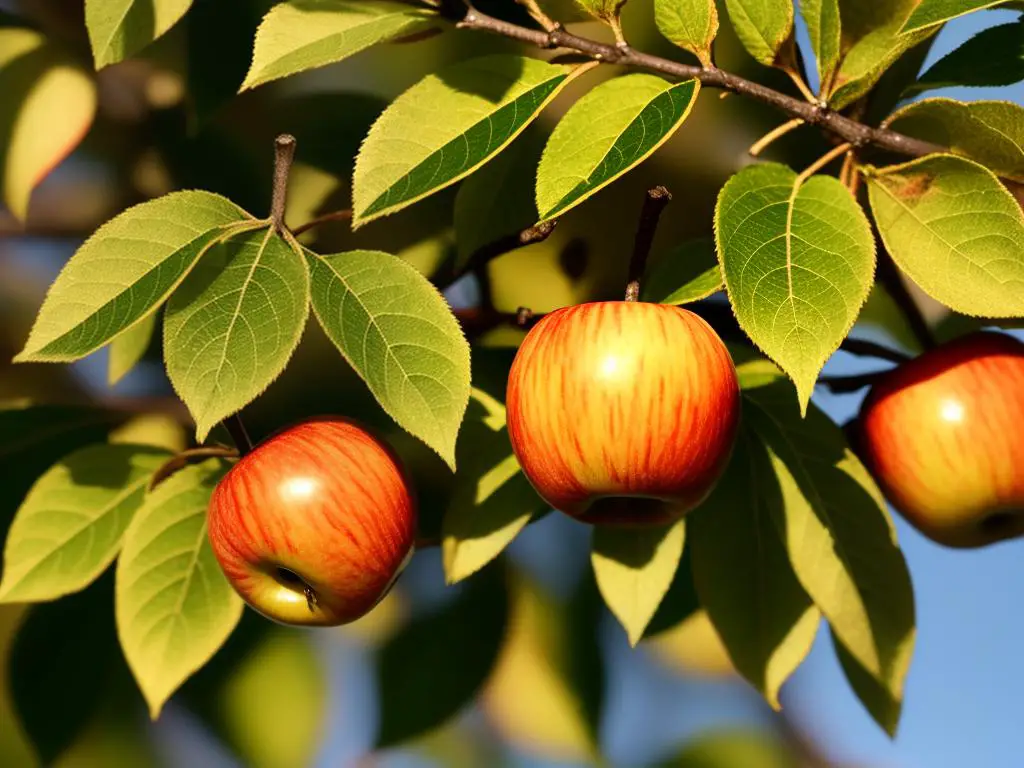Apple trees add beauty to the landscape and provide juicy, delicious fruits. However, when citrus orange spots begin to grace the once lush, green leafy canvases, it could signal potential issues. These discolorations are not merely aesthetic changes, they could imply serious health problems for the apple tree and, by extension, impact the quality and quantity of your apple harvest. This essay breaks down everything you need to know about identifying orange spots, the probable causes and, most crucially, how to nip the problem in the bud with treatment and preventive measures.
Identify Orange Spots on Apple Tree Leaves
Understanding Orange Spots on Apple Tree Leaves
Finding #orange spots# on apple tree leaves might cause concern as they are indicative of a common fungal disease; scientifically recognized as Gymnosporangium juniperi-virginianae or more commonly called Cedar-Apple Rust (CAR), Apple Rust, or Quince Rust. These orange or yellow colored spots, often less than a centimeter in diameter, serve as a notable diagnostic marker.
Generally, these spots tend to appear on the upper leaf surface and can cover a substantial part of it when severely infected. There is no fixed pattern to the lesions. They distribute randomly, sometimes merging to form larger patches, which may result in defoliation in extreme cases.
Not just on the upper surface, but observing the underside of the leaves can also aid in identification. During humid conditions, elevated tubular or horn-like structures will evolve, which ooze out a jelly-like, orange substance containing fungal spores.
Reviewing images of these orange spots can be tremendously useful. Since disease symptoms range extensively, inspecting different images that portray various stages and severity of CAR infection could provide a more comprehensive understanding. Detailed close-ups, along with a view of the entire affected leaf, will help get a complete picture of the disease’s incidence.
Early stages of infection present spots that may be of a yellowish-green tone before turning a bright orange. Recognizing this color transition could be crucial and allow early intervention before the condition reaches its severe stage.
Cedar-Apple Rust mainly targets apple, pear, and other Rosacea family plants but requires juniper plants as alternate hosts for its lifecycle. Therefore, it’s necessary for apple tree owners and keepers to be knowledgeable about these orange spots’ identification and implications to protect their trees from severe damage.

Causes of Orange Spots
Unraveling the Causes of Orange Spots on Apple Tree Leaves
Discovering orange spots on apple tree leaves could be linked to a few causes. Predominantly, these are due to fungal diseases like cedar apple rust caused by the Gymnosporangium juniperi-virginianae fungus. The lifecycle of this disease requires apple and juniper trees as hosts. Spores produced by galls on juniper trees infect apple trees, leading to the characteristic orange spots.
Other diseases like apple scab caused by the Venturia inaequalis fungus also result in leaf discoloration. During the transition from spring to early summer, the fungus releases spores which wind-blown, settle on apple leaves, creating velvety brown or black lesions, which might be mistaken for the bright orange spots.
Aside from diseases, certain insects such as aphids, spider mites, or thrips, can also leave orange spots on the leaves by feeding on them and causing damage, leading to a change in leaf color and a potential decline in tree growth and fruit yield.
Nutrient deficiencies can present similar symptoms as well. Lack of magnesium, iron, or nitrogen can lead to the emergence of orange spots on the leaves. Hence, identifying the cause of the orange spots is crucial as treatments differ based on the cause. Fungal diseases might require fungicides, while nutrient deficiencies might be managed by adding the deficient nutrient to the soil.
Similarly, a bacterium known as Xanthomonas arboricola pv. pruni can result in bacterial leaf spots that makes the leaf appear orange. It thrives in warm, rainy weather and may cause considerable leaf drop if not remedied timely.
If you notice any yellowing or spotting on apple tree leaves, a viable option would be to take a sample leaf to a local agricultural cooperative extension office or a proficient nursery for diagnosis and treatment advice.

Treatments and Preventive Measures
Recognizing Orange Spots on Apple Tree Leaves
The appearance of orange spots on apple tree leaves can indicate several potential issues, including certain fungal infections or nutritional deficiencies. Typically starting as tiny specks, these spots can progressively enlarge and transform into a distinctive bright orange color. An identifying characteristic of these spots is a unique orange halo that forms around a central spot that is either brown or black.
Treating Orange Spots on Apple Tree Leaves
If orange spots on apple tree leaves are identified, the preferable initial step is to remove and destroy the affected leaves to prevent further spread of the infection. Prune the trees regularly to improve air circulation which helps to make the environment less conducive for fungal growth.
For natural treatments, certain homemade sprays such as mixtures of water, dish soap, and baking soda can provide a non-chemical alternative for managing leaf fungal conditions.
For more severe spot occurrences, a suitable fungicide can be used. It should be applied early in the morning or late in the evening when the tree is not in direct sunlight, and the weather is cool and calm. Check the manufacturer’s instructions for specific information regarding the application rates and timings of the fungicide.
Preventive Measures for Orange Spots on Apple Tree Leaves
A key strategy for apple tree care is prevention. Keeping the apple tree in optimal health can deter the development of orange spots. Regular water and ensuring the tree has sufficient drainage can prevent fungi from taking hold.
To maintain nutrient balance, regularly testing the soil can identify any mineral deficiencies that may encourage fungal diseases. Adding appropriate mineral supplements ensures that the apple tree maintains a robust immune system.
Where possible, it’s recommended to plant apple varieties that are resistant to leaf spot diseases. Additionally, planting new apple trees in well-drained soils and in sunny locations reduces the tree’s vulnerability to fungi.
Yearly mulching around the base of the tree after clear fall cleanup can prevent the overwintering and rebirth of fungal spores. Regular preventative spraying using a suitable fungicide or an organic alternative before bud break and after heavy rains can be beneficial.
Prevention is key in managing orange spots on apple tree leaves, and a regular care regimen can keep these spots at bay, ensuring bountiful, healthy apple harvests.

Given the right knowledge, tools, and methods, the issue of orange spotting on apple tree leaves can be managed effectively. It all begins with accurate identification, understanding the potential causes, and deploying the most suitable treatments to fight off the insurgence. More importantly, preventive actions can stave off future occurrences, the essence of which is proper tree maintenance and a keen eye for early signs. Remember, a healthy apple tree is the cornerstone of a bountiful harvest; giving it the care it deserves will pay off in spades, whilst simultaneously preserving the integrity of your landscape.
